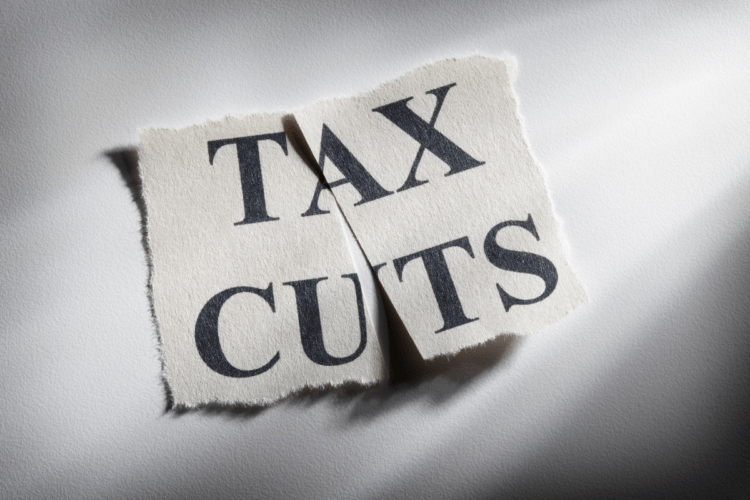Cut to the rate of National Insurance contributions

Today the Government announced in-year reductions to National Insurance rates and the cancellation of the Health and Social Care Levy as a separate tax. Please note that these changes are subject to Parliamentary approval.
The key changes are:
- National Insurance contribution (NIC) rates will be cut by 1.25 percentage points for employees, employers and the self-employed, effectively reversing the uplift introduced in April 2022 for the rest of the tax year. This cut will take effect from 6 November 2022 and it will cover Class 1 (both employee and employer), Class 1A, Class 1B and Class 4 (self-employed) NICs.
- the ring-fenced Health and Social Care Levy of 1.25% due to be introduced from April 2023 will also not go ahead.
HMRC had previously asked employers and software developers to include a temporary generic message on payslips for the tax year (2022 to 2023) to explain the reason for the NICs uplift. This message will not be applicable from 6 November 2022, and it should be removed from payslips with effect from this date.
“Practical support - delivered well”
“Pauline helped us work through a complex absence case” Read the full review
The HMRC have advised that HMRC will publish the full detail on these changes on GOV.UK in due course, however, they have provided early notification, so that employers can make the appropriate changes to be ready for November 2022 payroll. They have offered reassurance that if you use HMRC Basic PAYE tools then this software will be automatically updated to take account of these changes.
It is clear that the timing is tight and some employers may not be able to implement the changes in time. HMRC will be directing employees to their employers to correct any overpaid NICs in the first instance.
HMRC have confirmed that they have written to Payroll Software Developers to make them aware of these changes and asked them to take the relevant actions and so they have advised that you should therefore contact your software developer initially with any queries.
Click here to see the Rates and thresholds for employers 2022 to 2023.
This article is for general information purposes only and does not constitute legal or professional advice. It should not be used as a substitute for legal advice relating to your particular circumstances. Please note that the law may have changed since the date of this article.
There may be occasions when the articles contain links to external websites. We have no control over the nature, content and availability of those sites. The inclusion of such links does imply a recommendation or endorse the views expressed within them.



